As a sports enthusiast, you may often wonder, “Can you use running shoes for biking?” After all, purchasing separate footwear for each activity can be expensive, so why not save some money by repurposing the running shoes you already own?
Let’s explore the differences between running and cycling shoes, weigh the pros and cons of using running shoes for cycling, and provide helpful tips on what to consider if you decide to give it a try.
Stay tuned as we unpack this topic and help you determine whether using running shoes for biking makes sense for you!
Running Shoes vs. Cycling Shoes
Here are the key differences between running shoes and cycling shoes to help you determine which one is right for your preferred activity:
Design
The design of running shoes is focused on providing support, cushioning, and grip while moving forward in a linear motion.
On the other hand, cycling shoes are specifically engineered to provide a stiff sole for efficient power transfer and a secure hold on the pedals. This is achieved through cleat systems, rigid materials, and a more streamlined shape.
While running shoes may be more versatile in adapting to different activities, they might not provide the optimal support and stability needed for efficient cycling. Nonetheless, some people still use running shoes for biking, depending on their circumstances and personal preferences.
Cleat Compatibility
Another key factor to consider when using running shoes for biking is cleat compatibility. Cycling shoes often have a cleat system that allows them to easily attach to clipless pedals, providing a secure and efficient connection to the bike.
Running shoes, however, do not typically have the necessary attachment points for cleats. It means you must use flat pedals or toe clips when biking with running shoes, which may limit your overall riding performance and efficiency compared to cycling-specific shoes.
Support and Stiffness
While cycling shoes offer optimal support and rigidity for efficient power transfer, running shoes may lack the necessary stiffness to provide adequate support during long rides. This can lead to foot discomfort and reduced efficiency.
However, if you prioritize comfort and cushioning over performance, opting for running shoes for casual rides might be a feasible choice.
Weight and Ventilation
Weight and ventilation also play important roles when choosing shoes for cycling. Cycling shoes are typically lighter than running shoes, making your feet feel less weighed down during long rides.
Additionally, cycling shoes often have ventilation built into their design to keep your feet cool and dry. In contrast, many running shoes may lack proper ventilation, leading to discomfort and potential blisters.

The Pros of Using Running Shoes for Cycling
While cycling shoes are specifically designed for optimal performance on a bike, some cyclists opt to use running shoes instead for the following reasons:
Availability and Cost
One of the main advantages of using running shoes for biking is that they are widely available and generally more affordable than specialized cycling shoes. This makes them an attractive option for those new to cycling or looking to save money.
Plus, running shoes can be found in various styles and sizes, catering to different individual preferences, unlike cycling shoes which can sometimes be more limited in their choices.
However, before deciding, it’s important to weigh the benefits of cost and versatility against the potential impact on your cycling experience, like reduced power transfer and lack of cleat compatibility.
Comfort and Cushioning
One of the significant advantages of using running shoes for biking is the comfort and cushioning they provide.
Running shoes are typically designed to have a plush, responsive feel, making your ride more enjoyable, particularly if you’re prone to discomfort or pain during long rides. This extra padding can alleviate some pressure points and help prevent blisters or hot spots on your feet, making for a more pleasant biking experience overall.
However, keep in mind that the additional cushioning in running shoes may affect pedaling efficiency, as discussed in the next section.
Pedaling Efficiency
It’s essential to address pedaling efficiency when considering running shoes for biking. While running shoes offer more flexibility and cushioning, cycling shoes provide a stiffer sole for better energy transfer to the pedals.
Consequently, you may notice a decrease in your overall pedaling efficiency and power while using running shoes, especially in high-intensity situations. Keep this factor in mind when weighing the pros and cons of using running shoes for biking.
Transitions
When transitioning between activities, such as biking to running in a duathlon or triathlon, using running shoes can save time and provide a more seamless switch, improving your overall performance.
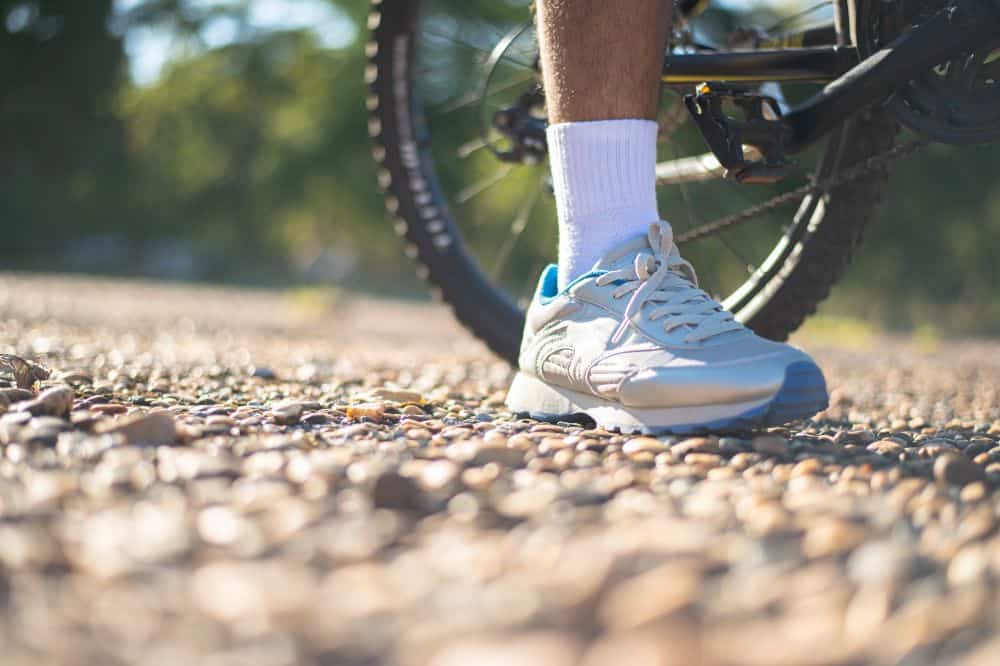
The Cons of Using Running Shoes for Cycling
While using running shoes for cycling may offer some benefits, it’s important to consider the potential drawbacks. Cycling shoes are designed with specific features to enhance performance, and using running shoes instead may compromise your safety and comfort while riding.
Below are the cons of using running shoes for cycling and help you make an informed decision.
Reduced Power Transfer
The reduced power transfer is a significant drawback of using running shoes for biking.
Cycling shoes are designed with stiff soles to enable efficient power transfer from your legs to the pedals. This stiffness ensures direct energy transfer without losing power through shoe flex or deformation.
On the other hand, running shoes are more flexible, leading to a loss of power as energy is absorbed by shoe flex. As a result, using running shoes for biking may hinder your overall performance by making it difficult to maximize pedaling efficiency and speed on the bike.
Lack of Arch Support
A significant downside of using running shoes for biking is the lack of arch support.
Cycling shoes are designed to provide optimal support for your feet, ensuring that the arches don’t collapse during the cycling motion. In contrast, running shoes prioritize cushioning and comfort while running, which may not offer the necessary stability for cycling.
This lack of support can lead to foot pain or discomfort on long rides and may contribute to developing issues like plantar fasciitis.
Increased Risk of Foot Injuries
Wearing running shoes while cycling may increase the risk of foot injuries, such as plantar fasciitis, strains, or stress fractures. Due to the lack of proper support and stiffness that cycling shoes provide, your feet may be more susceptible to injuries since they must constantly flex and bend during your rides.
It’s essential to weigh these risks against the benefits when deciding whether to use running shoes for biking.
Incompatibility With Clipless Pedal Systems
Incompatibility with clipless pedal systems is another disadvantage of using running shoes for biking. These systems allow for a more secure connection and efficient power transfer.
However, running shoes are not designed to accommodate cleats needed for these systems.
What to Consider When Choosing Running Shoes for Cycling
When answering “Can you use running shoes for biking?”, there are a few important factors to keep in mind to ensure your comfort and safety on the bike. They include:
Your Type of Bike
It’s essential to consider the type of bike you own and the terrain you’ll be riding on when deciding whether to use running shoes for cycling. If you have a road bike and mostly ride on paved surfaces, the lack of stiffness and support in running shoes might not be ideal.
Conversely, running shoes may provide the comfort and flexibility you need when using a mountain or hybrid bike for casual rides on various terrains.
The Terrain You’ll Be Riding On
When choosing running shoes for biking, consider the terrain you’ll be riding on. Running shoes with good grip and cushioning should suffice if you mostly ride on flat, paved surfaces.
However, if you frequently venture off-road or tackle hilly routes, you may need cycling shoes that offer better support, stiffness, and cleat compatibility for improved pedaling efficiency and traction.
Can You Use Running Shoes for Biking?
While you can use running shoes for biking, it’s essential to consider the type of bike you have and the terrain you’ll be riding on.
While running shoes offer several benefits, like cost-effectiveness and comfort, they may not provide the necessary support, stiffness, or efficient power transfer that cycling-specific shoes can offer. Additionally, they may not be compatible with clipless pedal systems.
Ultimately, weigh the pros and cons of using running shoes for cycling, determining if it’s the right choice for your riding needs and individual preferences. An optimal choice may end up being a hybrid or more versatile athletic shoe.

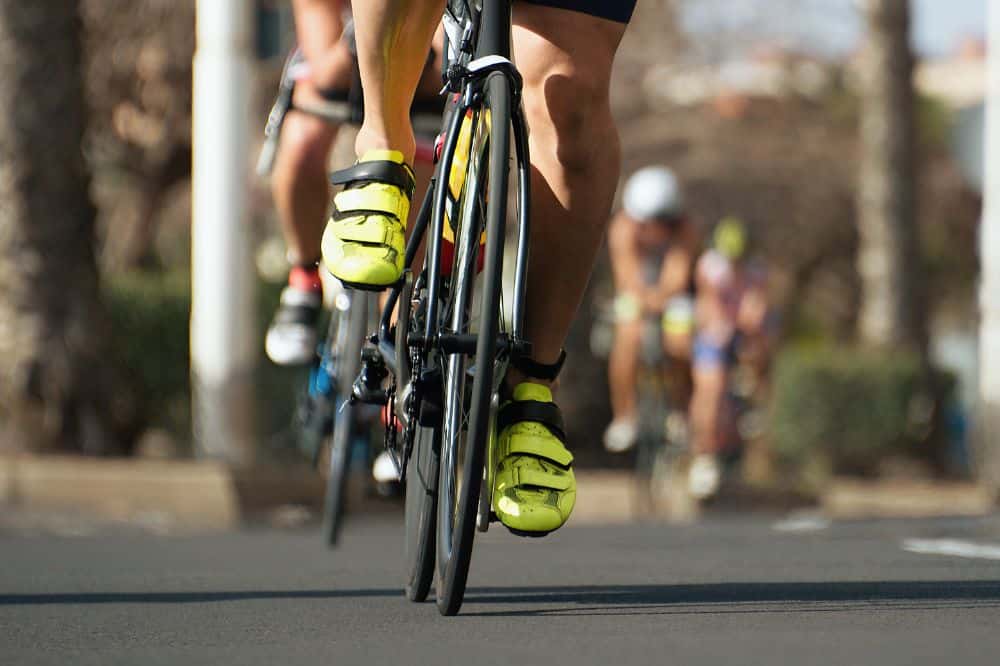

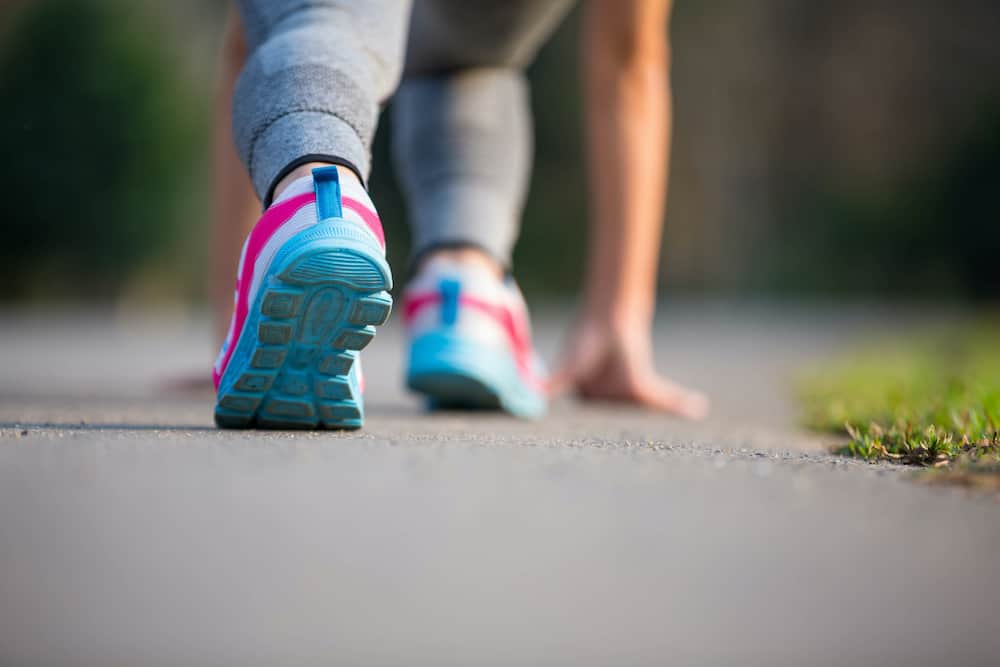
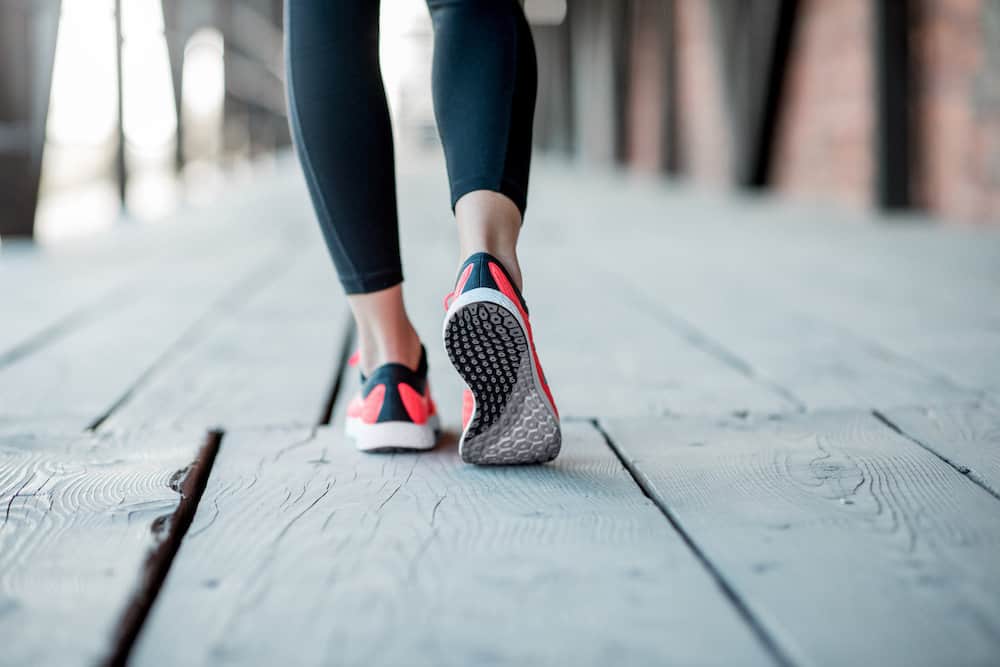
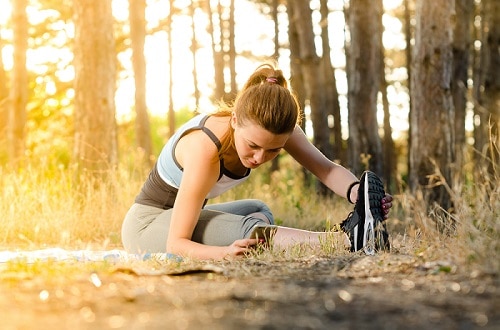
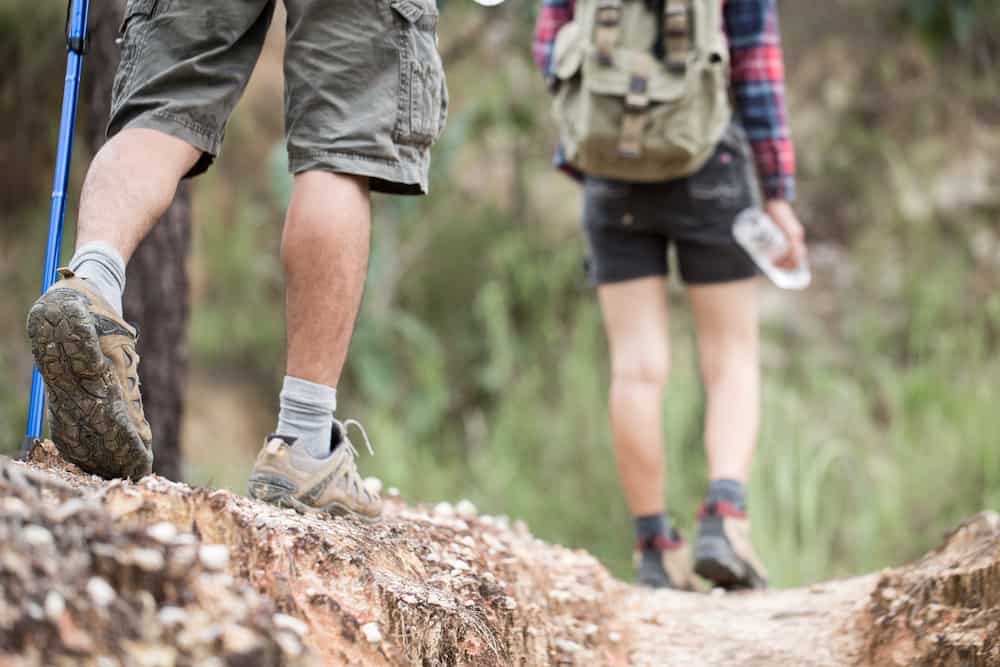
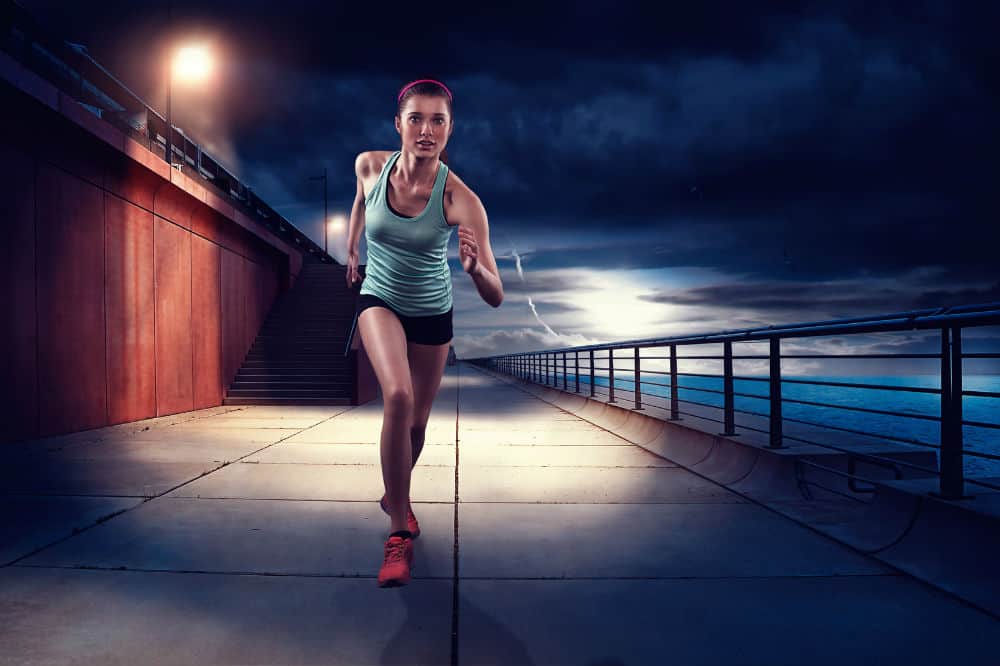

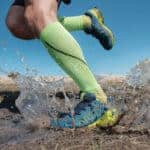


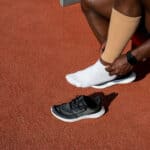

I haven’t rode a bike since I was a kid so I never thought of having different shoes for biking and running. You have great information in your article so someone can make an informed decision on what shoes are right for their needs. I would just want to go on a ride for the fun of it, based on your article I might not want to spend them money on two different shoes.
Cheers
M.T. Wolf
Hi, M.T. Wolf, and thank you.
Thank you for your kind words.
Great to hear about the benefit of the article too.
Don’t hesitate to contact me to help you with anything else or if you have any questions.
This is such an awesome article. I have asked this question a million times myself!! I wondered if they were different and
what the differences were. This is pretty awesome really. I appreciate such a comprehensive article!! Thanks so much for
taking the time to put it together!! It is truly amazing to see that someone took the time!!
Hi, Mamabear, and thank you.
Thank you for your kind words.
Great to hear about the benefit of the article too.
Don’t hesitate to contact me to help you with anything else or if you have any questions.